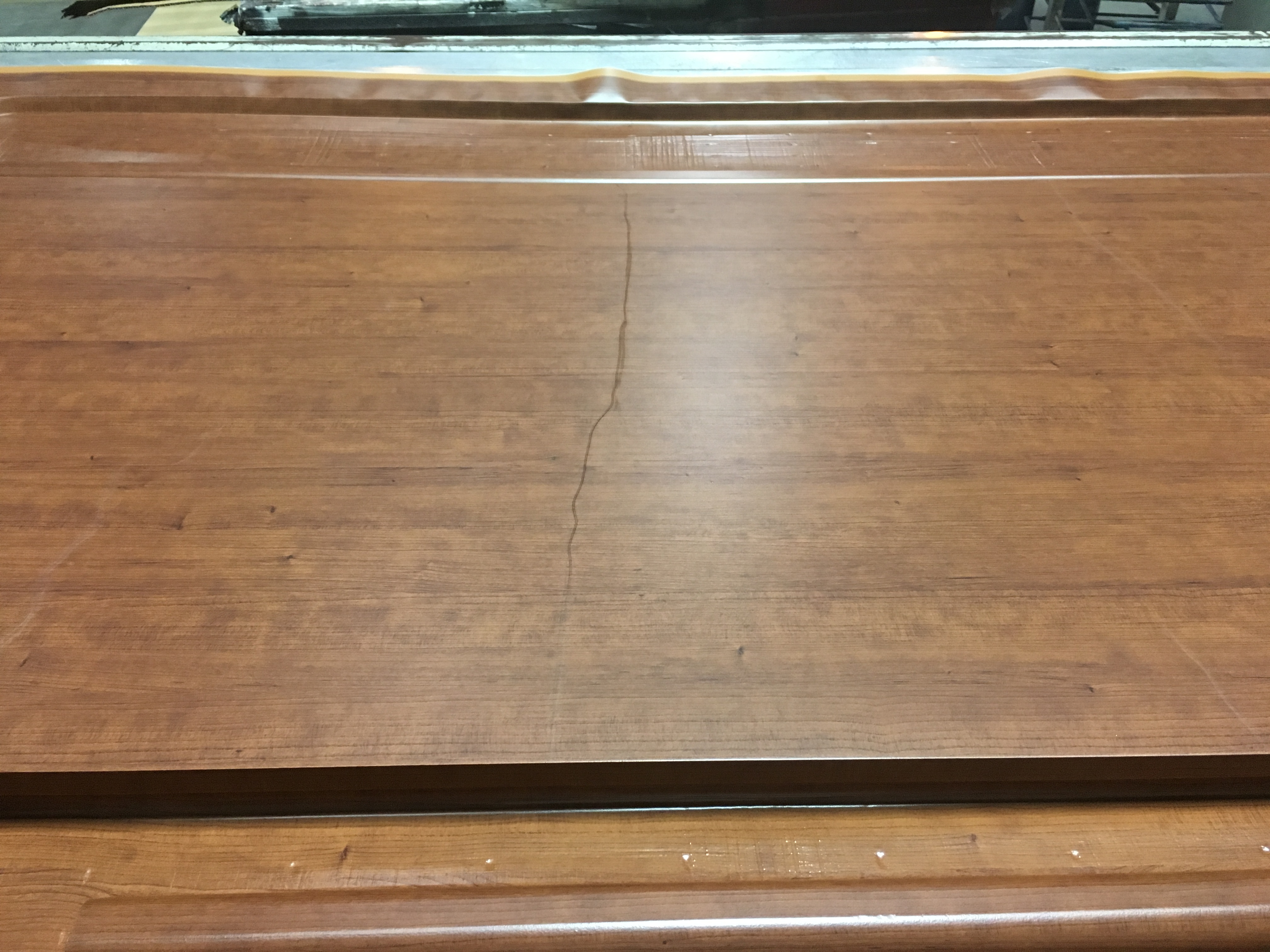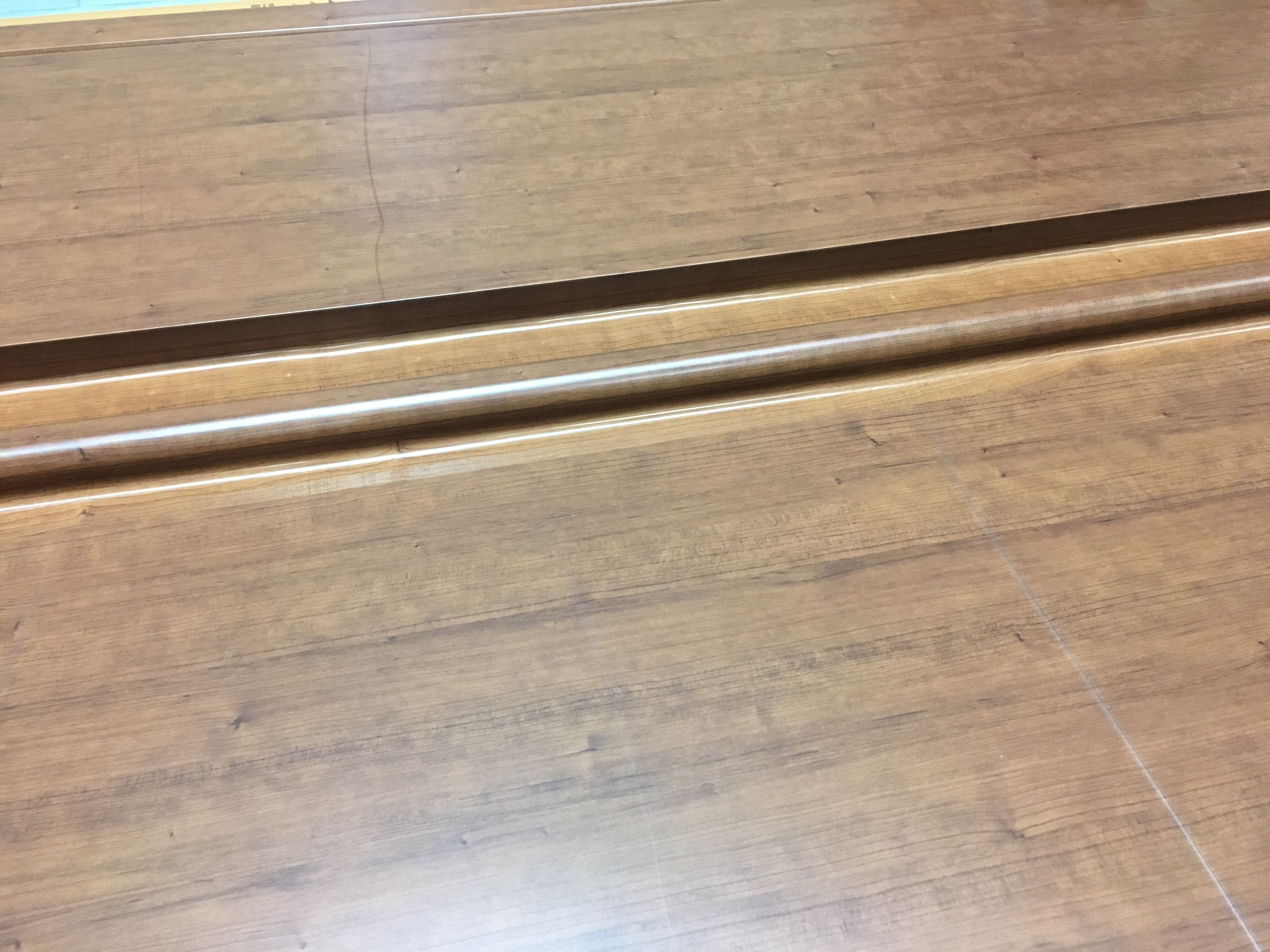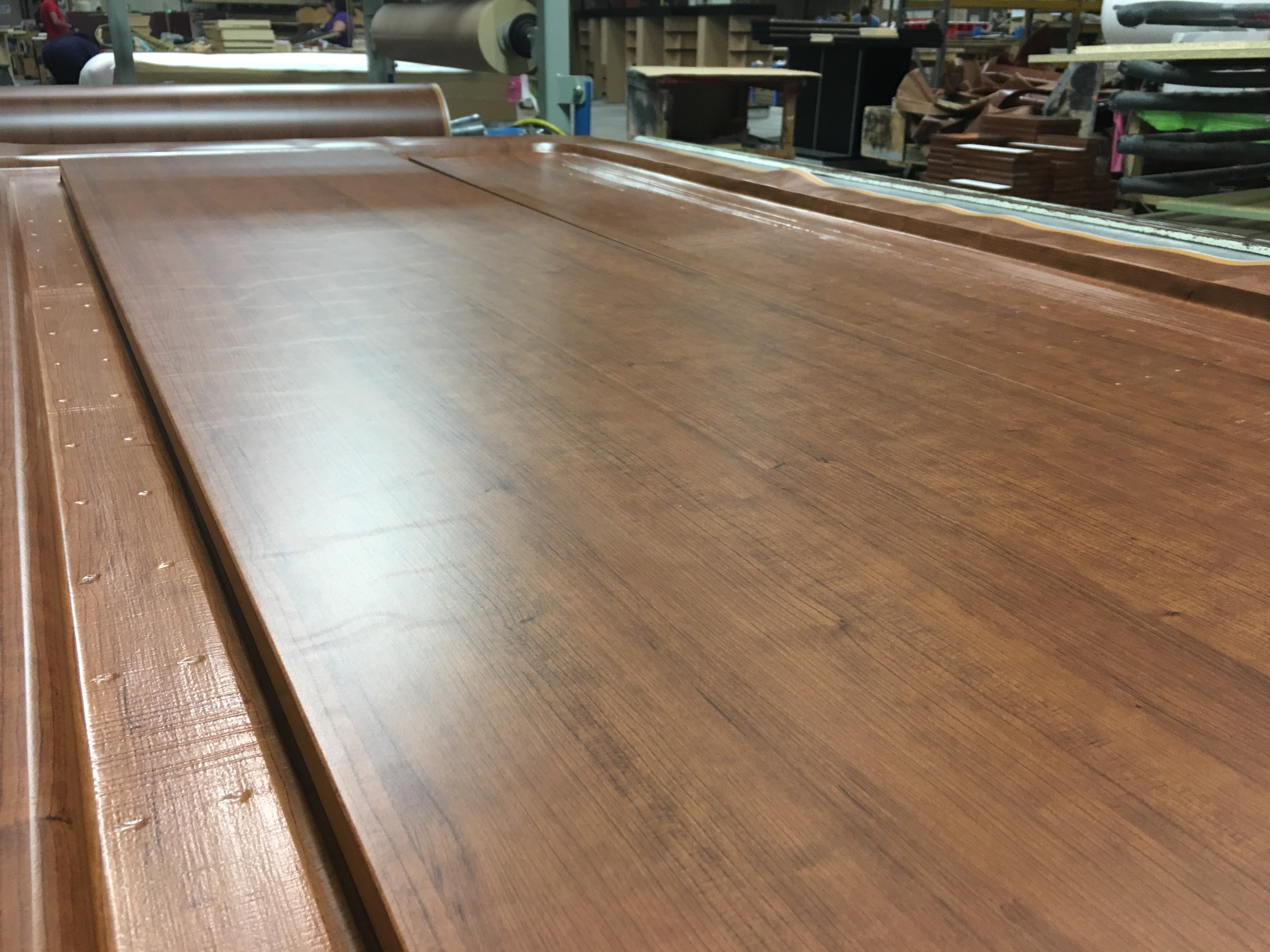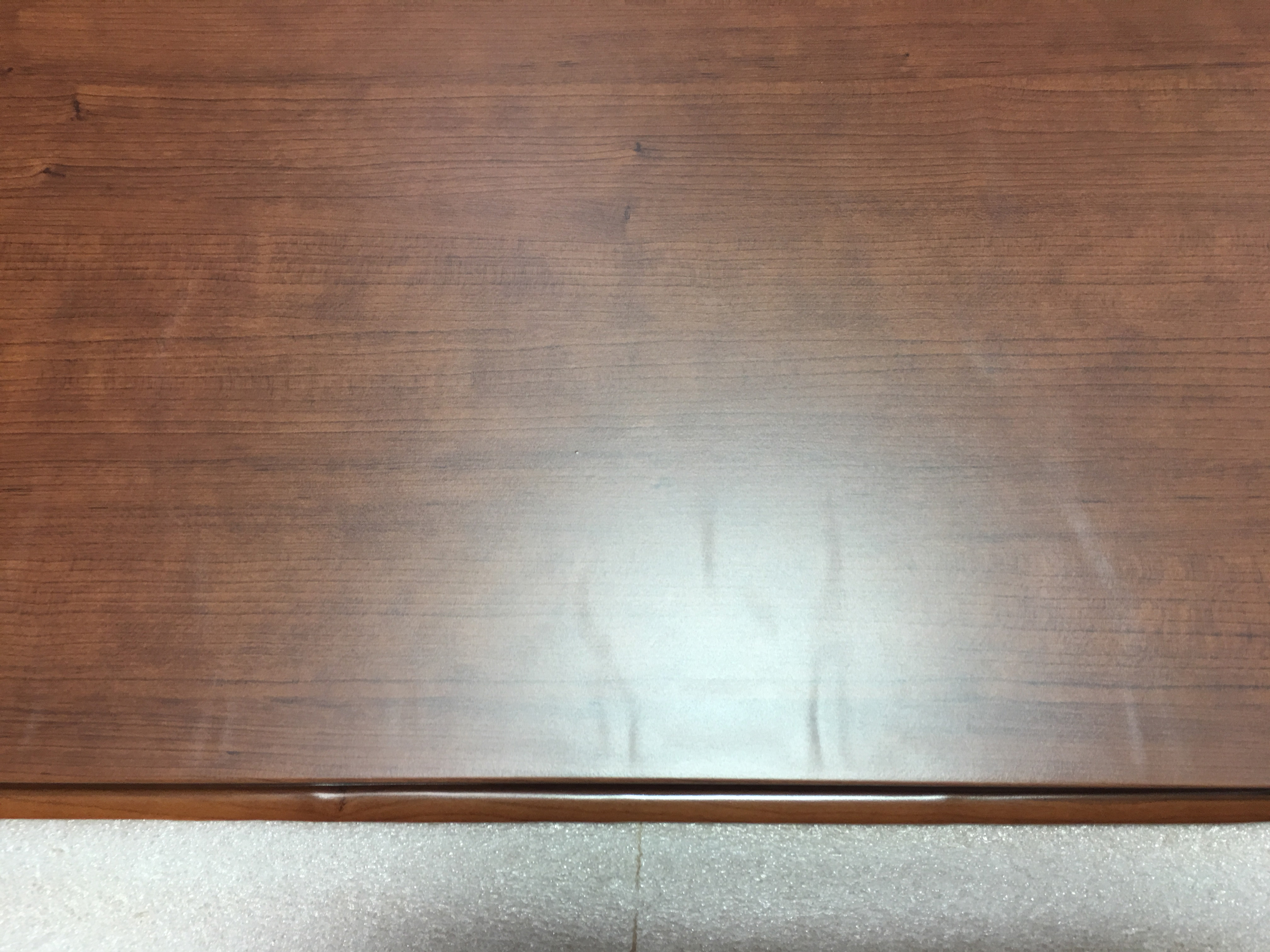 Since the very beginning of my involvement in 3D lamination, I’ve been aware of the problems associated with producing very long parts (4-foot-plus) in a membrane press. One of my earliest experiences providing technical support involved a part that was 4 feet wide and nearly 8 feet in length. “I can’t even get one-third of the parts to come out acceptably,” said this frustrated producer.
Since the very beginning of my involvement in 3D lamination, I’ve been aware of the problems associated with producing very long parts (4-foot-plus) in a membrane press. One of my earliest experiences providing technical support involved a part that was 4 feet wide and nearly 8 feet in length. “I can’t even get one-third of the parts to come out acceptably,” said this frustrated producer.
So, what is it about long parts that make them so difficult? For starters, 3D laminate tends to expand when heated, especially across the width of the material. As it expands, this excess material needs somewhere to go or it becomes a wrinkle on the surface of the product. When producing smaller parts, gaps between each of the parts allows the material to stretch out any excess that was created during the heating cycle. With very large parts this excess has nowhere to go. The only solution is to eliminate the formation of excess material in the first place.

The process of eliminating these wrinkles can be a long and emotionally arduous task. The solutions will vary based on the press design, but one factor is a consideration among all of them, so we’ll start there.
Heat: As stated earlier 3DL expands when heated, especially across the width of the material. The process of eliminating wrinkles starts with finding the minimum acceptable temperature and preheat time necessary to form the laminate over the substrate and activate the glue. Both time and temperature will impact how much the material expands.
Minimize/eliminate material stretching during pre-heat: In order to eliminate stretching of 3DL during preheating, it is important to bring the membrane and 3DL together at the start of the cycle without pulling the 3DL up into the upper chamber. This is best done by creating a “belly” in the membrane as the press closes. A belly that is too large or too small both present a problem. For optimum performance, the belly needs to drop very slightly below the bottom surface of the separation frame between the membrane and 3DL.
Milky “stretch” marks on 3DL surface
Recently I worked with a 3DL component producer that was experiencing wrinkles across the width of very large parts. After working our way through the process, the primary culprit was an excessively large membrane belly upon press closing.

In the process of working through one issue, another was created, albeit very briefly. Immediately after eliminating the large wrinkles by reducing the press temperature, preheat time and membrane belly, we began to see what looked like stretch marks. However, there were no differences in surface quality to the touch. It was just a slight irregularity in appearance in certain lighting.

This is a problem that is rarely seen but can appear when trying to make fine changes to temperature and preheat time. When the 3DL has not been conditioned completely via heat to stretch evenly throughout all of its layers, this type of issue can arise. The solution is simple – make very slight increases in press temperatures and/or preheat times until the problem disappears.
Source: Bill Formella is a 25-year veteran in the 3D laminating industry with extensive involvement in every facet including machinery, materials, supplies, as well as training and technical support. He is the Technical Applications specialist for Smartech International and writes the Tech|Tips - 3DL blog. For information contact Smartech at 704-362-1922, SmartechOnline.com. You can also contact Bill at [email protected].






Have something to say? Share your thoughts with us in the comments below.